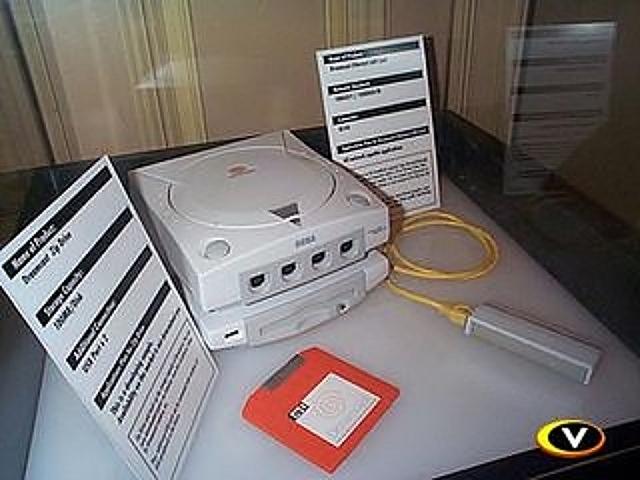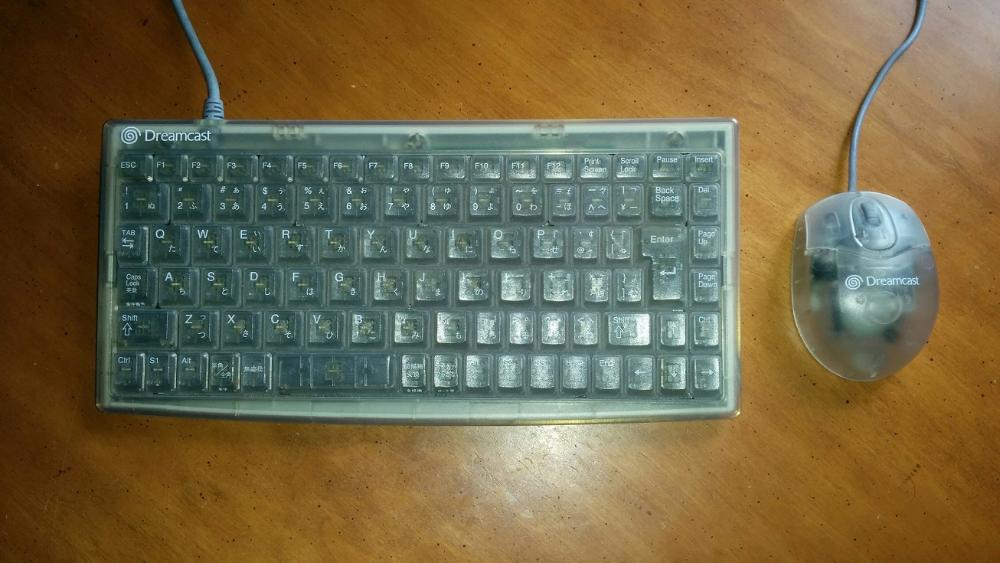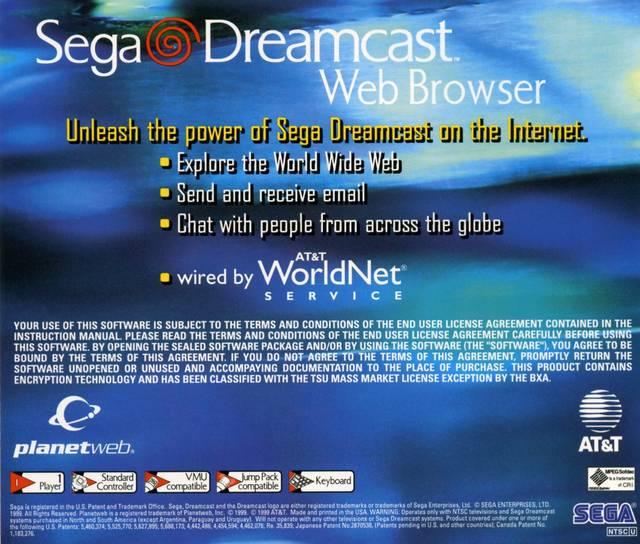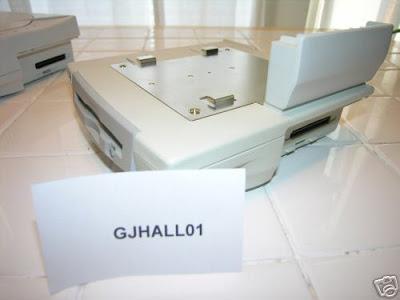
The Dreamcast is well known for being the first video game console to be internet-ready out-of-the-box thanks to its built-in modem. This was a huge part of Sega’s strategy for their little gray box. They wanted to connect gamers all around the world and allow them to play Dreamcast together, regardless of whether they were in the same room or on opposite sides of the planet. While the Dreamcast was first and foremost a gaming machine, Sega wanted it to be even more than that. For many families the Dreamcast provided their first portal to the world wide web. Sega made connecting to the internet a breeze with easy-to-use web browsing software and keyboard and mouse peripherals to make navigation as natural as it would be on a desktop PC.

Sega didn’t want to stop here though. Their long-term plan was to continue expanding the console’s online capabilities throughout its lifetime. Most of you already know about the updates to the web browser and the release of the broadband adapter late in the console’s life, but Sega had one more ace up its sleeve: the Zip Drive.
Announced in April of 1999, the Dreamcast Zip Drive was a collaboration with storage technology company Iomega to bring their 100MB Zip Disks to the Dreamcast. The purpose of the Zip Drive was to remove a major bottleneck that prevented the console from taking full advantage of its in-built online capabilities: the lack of internal storage. 100MB may not seem like much today but that meager-by-today’s-standards amount of storage would have been huge. What this would have meant for the Dreamcast can be summed up in one abbreviation: DLC! While the Dreamcast already did have DLC, it was severely limited. The VMU was the only permanent storage that the Dreamcast had available to it and it represented only a measly 128KB of space. 128KB isn’t going to get you much more than some small in-game knick knacks. The 100MB provided by the Zip Drive would have allowed for players to download entirely new levels, maps, characters, and modes; pretty much what we’re used to getting with modern DLC. We might have even seen entire games downloaded to the Zip Drive. I’m not saying you would have been able to download Shenmue to a Zip Disk but smaller games would definitely have been a possibility. Just imagine popping in PlanetWeb, navigating to store.dreamcast.net, and browsing a catalog of mini games to download instantly to your Dreamcast. This was the future!
Not only would the Zip Drive have expanded the console’s capabilities when it came to gaming, but it also would have improved the web browsing experience. The extra storage would have allowed you to download and save content from websites and emails. In addition, the web browser could be updated regularly without the need to release new versions in GD-ROM format; this would have allowed the browser to keep up with the ever-changing standards of the web.

One interesting thing about the Zip Drive is that it wasn’t limited to simply using Zip Disks for storage. It also featured a USB port for external storage devices such as flash drives or external hard drives. This would have put the Dreamcast on par with the Xbox and PS2 which both featured hard drive support. Sega really did think of everything to keep the Dreamcast future-proof.
The possibilities for this peripheral would have been almost limitless but sadly it never saw the light of day. According to the former director of Iomega’s Beyond PC initiative, Keith Slankard, development of the Zip Drive was finished and it was ready for production, awaiting approval from Sega. Sadly Sega decided not to move forward with it, citing the products price point and “uncertainty of the use model” as the reason.
Multiple prototypes of the Zip Drive are known to exist, one of which sold on eBay in 2007 for $1,631.02. These prototypes are fully functional according to Mr. Slankard but are essentially bricks without the “OS additions” developed by Sega. This software likely would have been included in the Katana SDK and allowed developers to make use of the Zip Drive in their games.
“I have not thought about the dreamcast product in a long time. Yes the prototypes were fully functioning and performed well in qualification testing. The product was ready to be approved for production. Sega decided not to move forward with the product. The price point and uncertainty of the use model were the likely concerns. I don’t remember the exact conversation with Sega.
Both the Iomega and Sega engineering tested the drive. Sega did the OS additions for UI and to allow games to talk with the drive. Iomega did the low level drivers. I don’t believe the proto would work without the OS additions. If I remember correctly the games OS enhancements let the games be read directly from the drive.”
-Keith Slankard, former director of Iomega’s Beyond PC Initiative

Would the Zip Drive have saved the Dreamcast? Not likely. At the proposed $199 price point (yep, it’s the same as the retail price for the Dreamcast itself), it’s unlikely that it would have sold well. Maybe Sega made the right decision in not moving forward with production. Whether or not that was the right call, you can’t help but wonder what might have been.

So much potential, only to crash and burn. I wish they could have gone further with the project, it would have been amazing
Is it possible nowadays to use the SD Card and The IDE Mod to have the same functionalities of the zip drive? I mean download content directly to those devices?
Sounds very cool, too bad this never came to be. There’s so many things this consoles could have done to change the gaming industry
Great articles as always, fun to read!
That will be amazing for Dreamcast but if released later on 2003 and later. Why? For the connection speed. The broadband internet that moment got in many houses. As you can see in photo they had a bba adapter and not 56K dial up modem. I wished Sega released a new DVD drive unit internal with support of GD-Rom of course around in 2000 with at least 30 titles for start.
I don’t think the broadband adapter was included with it. It was a separate display that was next to the Zip Drive (see the other display card on the right). It was compatible with it however. The Zip Drive had a slot on it for using either the standard modem or the broadband adapter.
Always wonder if a fan could make something close in concept for the dreamcast (not the gdmu or hardrive mods) but something maybe more clean and robust than dreamshell. Saying it out loud makes me realize we basically have better versions of the zip drive out now but maybe its the design or the ability to more easily upgrade the web browser or the fact that it is official makes it more desirable, hopefully fans can make a open-source browser or something close to the original concepts one day.